We were lucky to catch up with Whitney Sherman recently and have shared our conversation below.
Hi Whitney, thanks for joining us today. We’d love to hear about a project that you’ve worked on that’s meant a lot to you.
By far the most meaningful project I’ve worked on was creating the central image for the Breast Cancer Research Stamp. It was the first semi-postal stamp in the US. It costs more than a normal first class stamp to raise money for breast cancer research and has raised $95.8 million so far that goes directly to research. Each stamp that is issued by the US Postal Service has a first day of issue. The BCR Stamp first day of issue was at the White House hosted by Hillary Rodham Clinton, then First Lady. It was very exciting to meet her and hear her speak about the stamp and my image. It was clear that she’d done her homework and fully understood the meanings embedded in the image. Another remarkable thing was that in it ultimately came into existence by an act of Congress. Initially U.S. House of Representatives Committee on Appropriations, Treasury, Postal Subcommittee New York Congressman Michael Forbes attached language to the annual spending bill mandating a Breast Cancer Research Stamp be created. Later a bi-partisan group of 3 senators and 1 congressman sponsored legislation to have this first semi-postal stamp created. In today’s fomented political environment, it’s heartening to know good things can happen when our representatives recognize what is good for the people they represent. Breast cancer affects all genders. One last point of interest is that normally a stamp has a 2-3 year shelf life before they are no longer printed. The BCR Stamp, initially issued in July 1998, has been reauthorized as a stamp issue several times, continuing to raise money and making it the longest running stamp issue in the US.
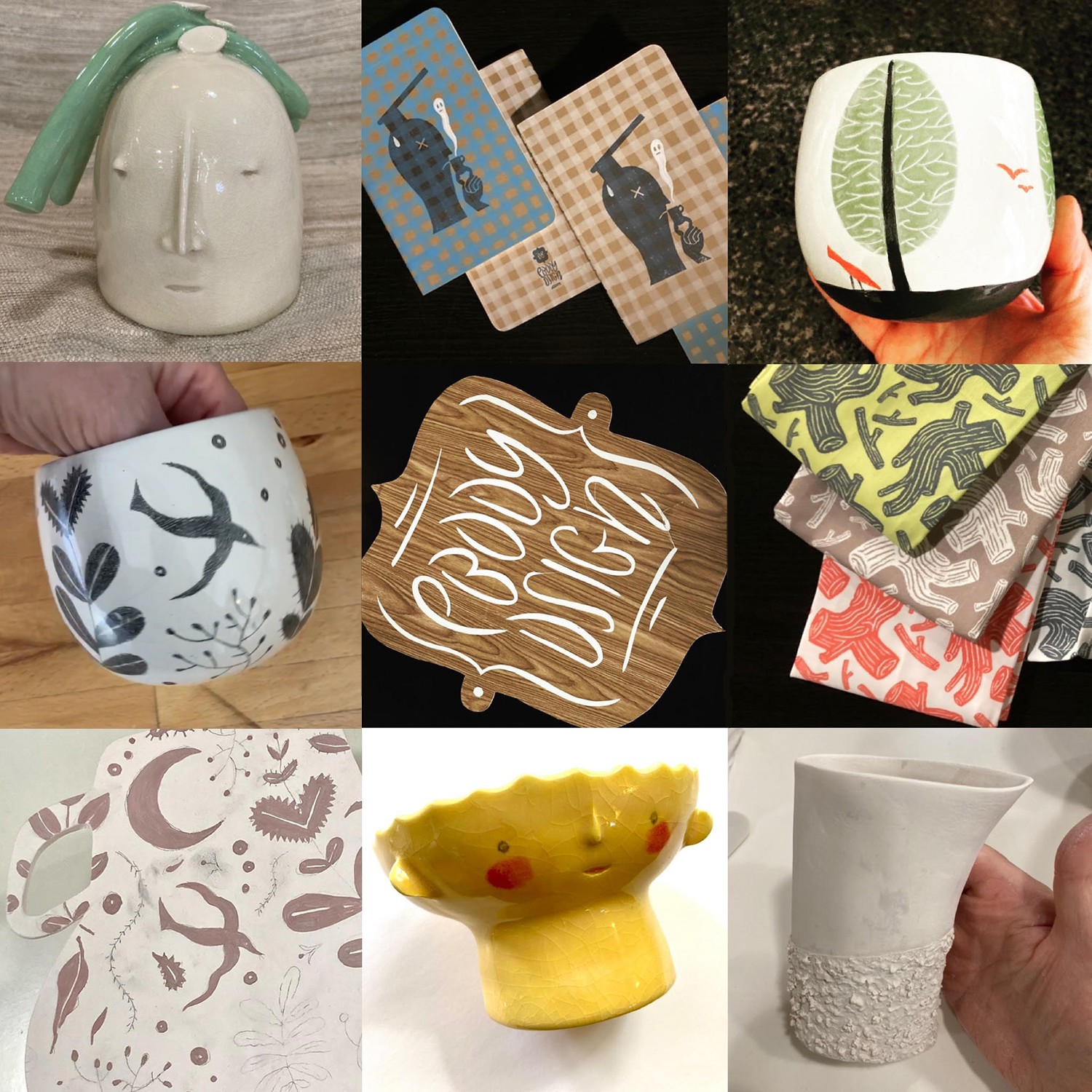
Great, appreciate you sharing that with us. Before we ask you to share more of your insights, can you take a moment to introduce yourself and how you got to where you are today to our readers.
I’m an award-winning illustrator/educator/entrepreneur trained as a photographer who has previously held positions as an advertising art director, publications designer and art director, and VP/Creative Director. I’m currently an illustrator who works with a variety of materials [mostly clay, paper and cloth] and an educator. I’m the Founding Director of the MFA in Illustration Practice at MICA, proprietor of a eponymous illustration studio, and Pbody Dsign where I create things for your eclectic home. In 2021, I received the prestigious “Distinguished Educator in the Arts” award from the Society of Illustrators/NY.
How I got into all of that is truly a long story, yet it is the story of how I became an interdisciplinary illustrator and educator. Initially there wasn’t a road map I was following, but one became visible after a number of years working my way through several recessions and supporting my household. My work/life philosophy developed early on. I believed in the value of anything [anything!] I learned, knowing that it would be useful in some way in the future. Some people set out to their future on a clear straight road, I didn’t. My path looks more like a crooked dogs leg. My art life started by me being identified as “the artist” no matter what group I was in. As a kid, you don’t need to make decisions about what art you make, you just do it. As you get older, more expectation of decisions emerge, always from the outside. My high school art teacher, a guy who again and again painted what appeared to be the same seascape in Maine, pressed me on what I was going to do in college. At the time, Pop Art’s focus on commercial visuals was pretty intriguing to me. I told him I was interested learning graphic design much to his disappointment. I did apply and get into college with that plan, but changed my major to photography because of the general distain for graphic design even in the college at that time. Who needs distain when you just want a creative environment in which to find yourself!
Luckily, my photo department chair was a super open-minded guy who saw nothing wrong with me digging deep into design principles when making my photo assignments. I also had friends in the graphic design department who were happy to show me what they knew. I graduated and decided to put a portfolio together. At that time, there were no professional development courses to learn best practices for making a portfolio or looking for employment, either full-time or freelance. I applied for a position doing hand drawn line art separations for a fabric and wallcoverings business where I learned about sexual harassment in the workplace, then at a greeting card company where after 6 months everyone was fired and I learned about filing for unemployment. With no job and living at home, my mother took me vintage shopping for furniture I could refinish and resell. That was a really empowering time where I learned what it was like to work for myself. Next, I got a job as an assistant art director at a small ad agency. At the time advertising was really clever and memorable which intrigued me. What I learned was how much I hated working in an ad agency, but I also learned about how to spec type and layout page designs.
At this point, it was time to move out of my parents house so I packed up my VW Karmann Ghia and drove back to Baltimore where I had friends I could crash with til I got a job. I eventually landed a job working in the design department of a packaging firm and worked in a 2nd floor studio with no air conditioning and a grumpy boss/account rep who had a bad habit of bringing in customer changes at 4pm with a next day deadline. After a few years of this, I finally got tired of his either long lunches or purposeful torments of overnight deadlines and moving design elements 1/16 of an inch, and let him know how unreasonable he was being. He fired me on the spot, but thinking I was smart, I told him I quit! What I learned from this job was that you can’t get unemployment if you quit :-(
The actual design experience from that job led to me picking up a 1 year contract at PBS/Maryland Public Television working for the Instructional TV department. At that job, I was asked to cut library books apart [they said they bought new ones for the library] to create backgrounds for them and make them tv ratio, I made an animated intro for my show Readers Cube using Milton Glaser’s typeface Baby Teeth, and met people who became longtime friends. At this point I wanted to try out working for myself and these connections helped me locate a studio space. By this time I had a portfolio of both design and illustration which seemed to confuse some potential illustration clients who thought I might steal their design clients [I know, I’m still confused by this]. That was the beginning of working for myself and learning the ropes of the freelance world.
After a few years of working locally, I decided to expand my client base by going to San Francisco to show my portfolio. At this point in the story, you have to imagine a world without the internet or cell phones because that’s when that was. I set up in a hotel lobby phone booth [yes a phone booth—you’ve seen them in movies] with a bag of quarters, my portfolio and a call list. Day One I made calls and appointments for the next day or later in the week. By the end of Day Two, I was fully booked with appointments and saw alot of San Francisco. I met with designer Linda Hinrich’s, who I greatly admire, at her home/studio as well as a number of other people like Ward Schumacher. It was eye-opening and delightful to know how vibrant a creative scene could be [Baltimore was a bit sleepy at that time]. I left San Francisco with work already assigned and spent the next 9 years doing assignments that came from showing my work that week, getting assignments and having those assignments be seen across the US and from Canada including editorial, institutional and book covers.
I’ve been an editorial illustrator for 4 decades with 2 of those working simultaneously in education. At first I took adjunct positions to have a day or two outside my studio [which is in my home]. Those adjunct positions were really interesting challenges to convey creative activities that I really took for granted. I loved the challenge as much as I loved hearing the student’s ideas. Very exciting stuff! Soon I was teaching several classes per semester and it felt like a ballast to my time working solo in my studio. I think moving through life as a creative, my biggest thrill is grappling with a challenge, and teaching provided a new vein to explore. After about 9 years as adjunct, I was ready to move on from what had become an unchallenging environment. That’s when I was recruited to head up the undergrad illustration department at MICA. That gave me a chance to work on interdisciplinary challenges in collaboration with colleagues like creating a Book Arts concentration [now a minor], a Gaming concentration, and a concentration in Graphic Design [for illustrators]. I also worked with colleagues on making a shared book arts making space. These were some of the very first pedagogical steps toward creating interdisciplinary degree plans. In addition, I created courses taught in other departments, like Dolphin Press Collaborative, designed for students from both illustration and printmaking majors, and an entrepreneurial course called The Lab which set up pop-up tables as part of the course a few years before the College started Art Market. After a decade of these challenges, I took it on myself to develop a graduate program for illustration which became the MFA in Illustration Practice. Simultaneously I have shifted my studio work to producing narratively driven ceramic pieces. The challenge there was finding a space [in my home studio] to accommodate clay.
As an illustrator, I came to be known as the one who could create a great piece for a difficult manuscript. It might be a obscure or technical subject but I seemed to have the ability to draw out the editorial meaning and create an idea that transcended preconceived notions about the subject. My point of view was askance enough to make it compelling. My goal was always to make the clients look good while I convinced them to let me do what I do best, that is make good ideas!
What sets me apart from others is my tenacity and love for the work and my propensity for problem-solving. I’m most proud of surviving and succeeding through decades of economical changes where the art budget is the first thing to go, of supporting myself and my daughter doing what I do best and of being excited again and again about possibilities.
The main things I want people to know about my brand/my work are:
1] Quality: time is irrelevant when I make things. I want it done right.
2] Idiosyncrasy: I trust my brain and my instincts.
3] Empathy: if working on a client project or on something that has an impact on others, I want and need to hear what those involved have to say.
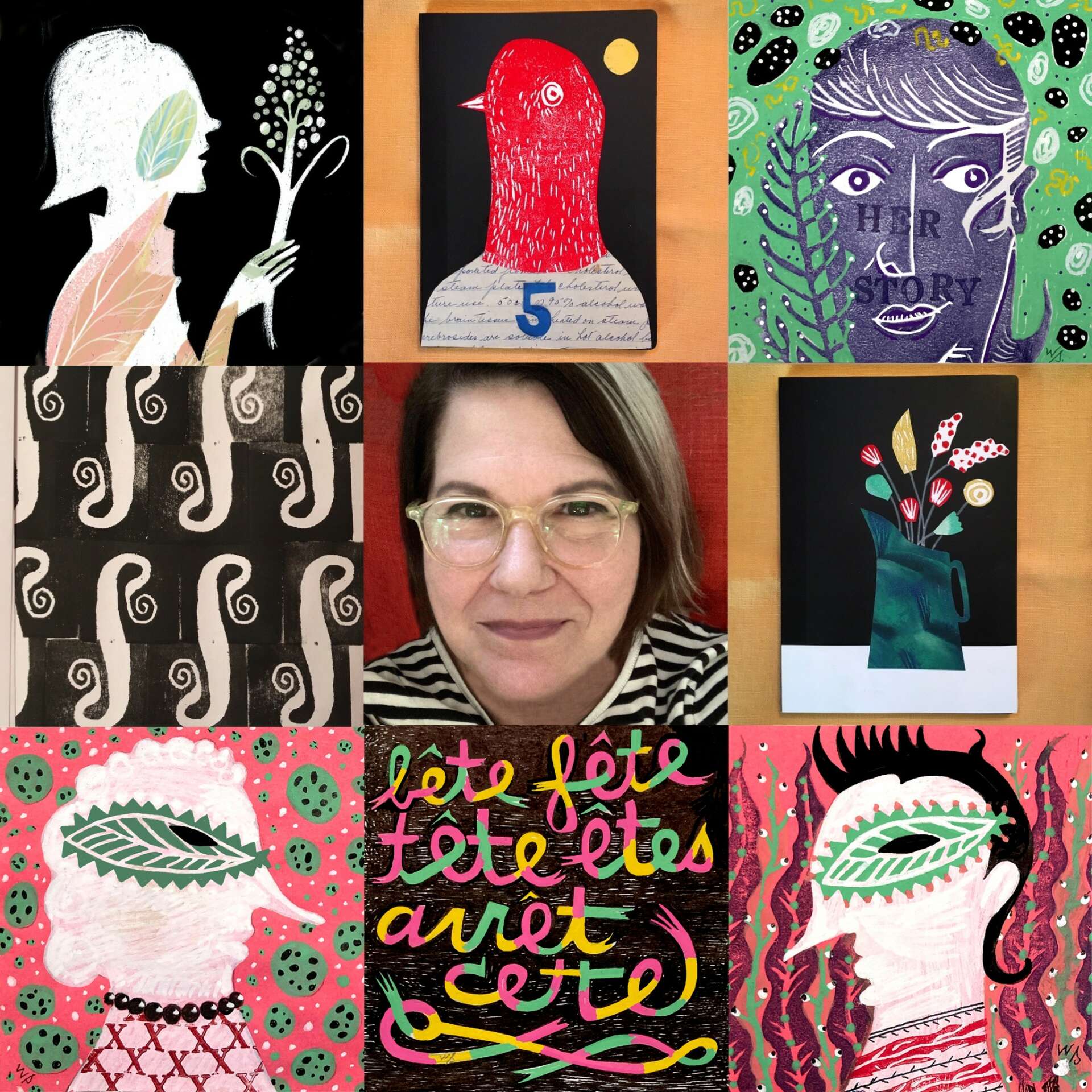
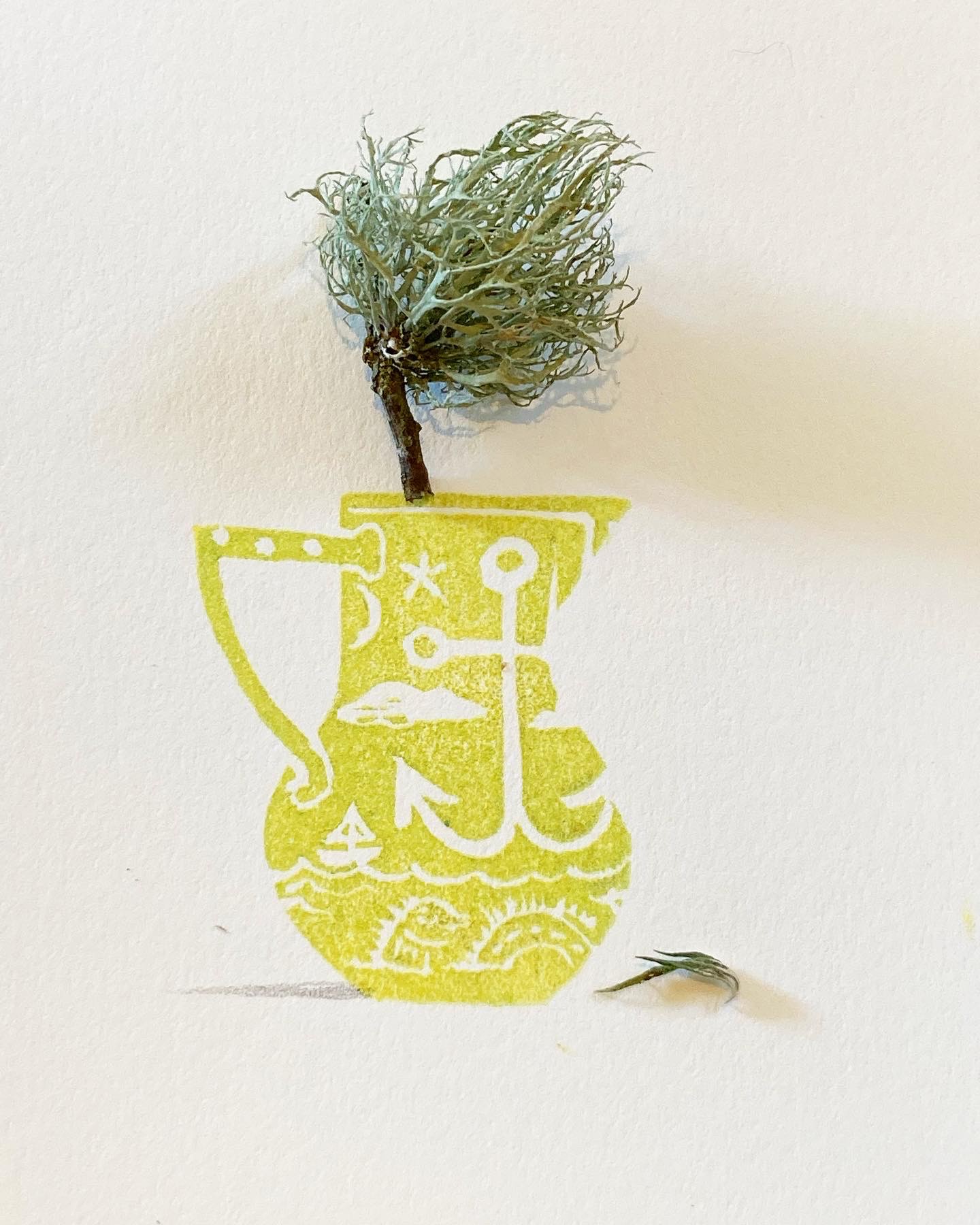
Do you think there is something that non-creatives might struggle to understand about your journey as a creative? Maybe you can shed some light?
There is no way to categorically answer this question because not all creatives are the same as not all non-creatives are the same. Both are on a spectrum of creativity, but I do think that people that are identified [by self or otherwise] as creative have a certain license to hold a way of thinking that is normally the domain of young children—open thinking. People do, as they age, succumb to pressures to “be” a certain way to achieve societal goals of maturity. I’m not suggesting that creative people are not mature, rather it is that license to think outside the box, to freely associate, etc. all of which comes naturally to creatives. Creatives get bullied for this at times or judged for their choices or behaviors. On the whole I feel that when that part of a person dries up, they feel that open thinking is not for them anymore and they put themselves in a place where they may find it hard to remember the creative part of their own childhood which would bring them closer to understanding creative types.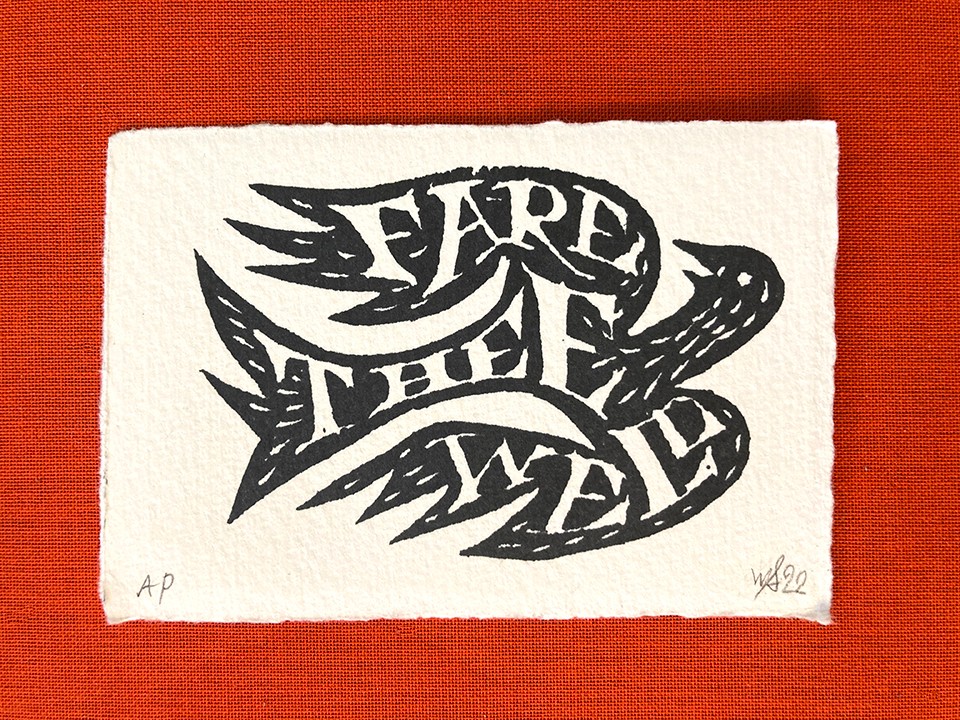
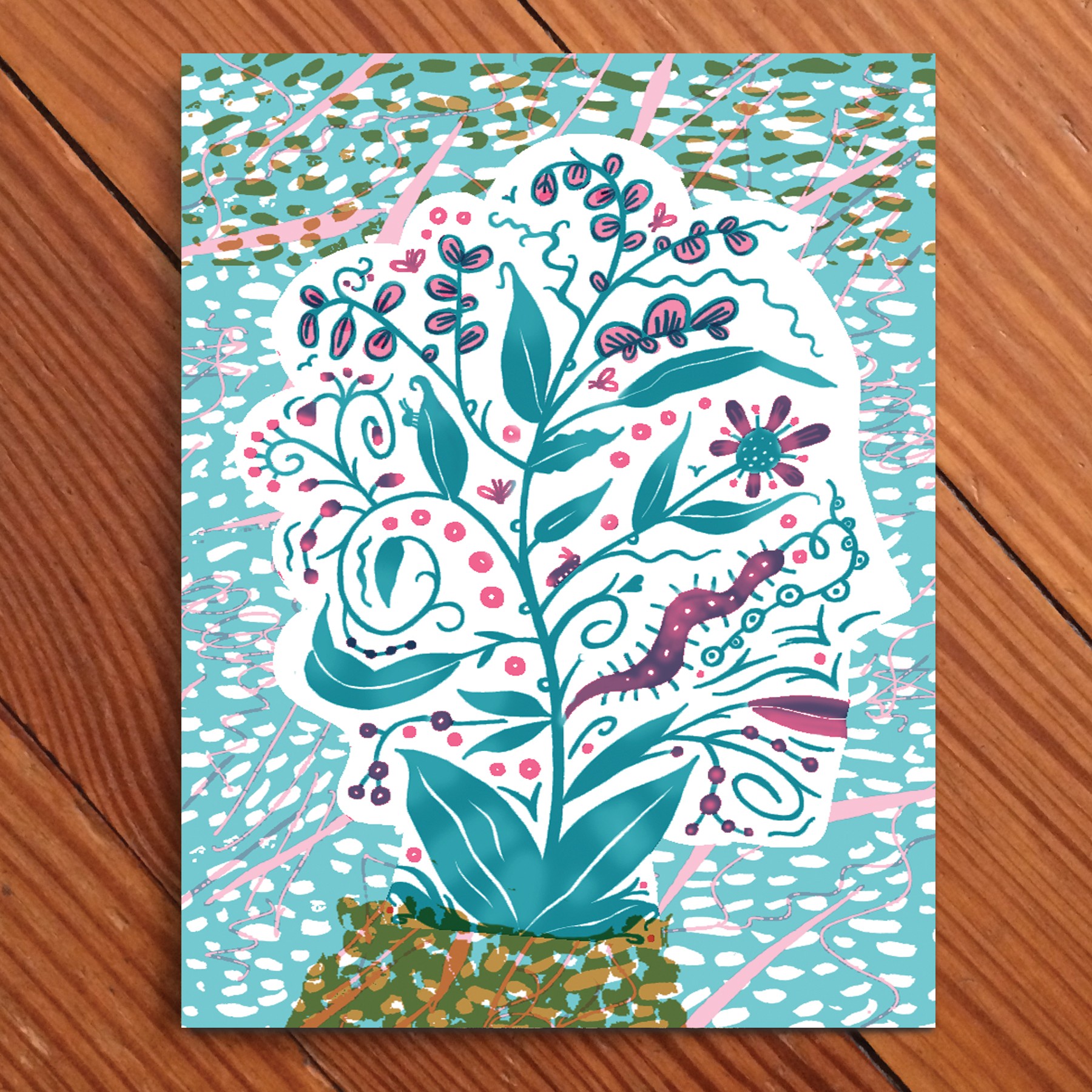
Learning and unlearning are both critical parts of growth – can you share a story of a time when you had to unlearn a lesson?
Growing up, I was taught not to talk about myself. It was considered bragging and strongly discouraged. If an adult visited our home and talked about themselves, telling a story about something they had recently done, my father would comment on their conceit and how people don’t want to hear others brag. Looking back to that time, it is a strange misconception, but it was strong enough to become ingrained. His opinion on things prevailed in the household yet even though something felt a bit off, I took this life lesson to heart and was very shy about talking about myself. With time I started feeling the courage to speak about myself, yet it didn’t take much to discourage me and I’d feel perhaps my father was right and I’d stepped over a line. It probably took moving away from home to find the space to take the chance on talking about myself. Lots of years of practice helped me build up the confidence not slip back into the place I’d been taught to stay in. Most of my personal development in this area happened early on when I was establishing myself professionally as an illustrator. Then you’d make face-to-face appointments and hope to get in to see an art director, get an assignment and build it up from there. Next came the internet and illustrators didn’t need to do face-to face appointments, I wondered if that had happened earlier in my life, how it might have affected the struggle I had with speaking about myself. Conversely I wondered if having to meet people on their terms was one of the things that helped me get to know myself better, to know my mind and be able to express it, finally. 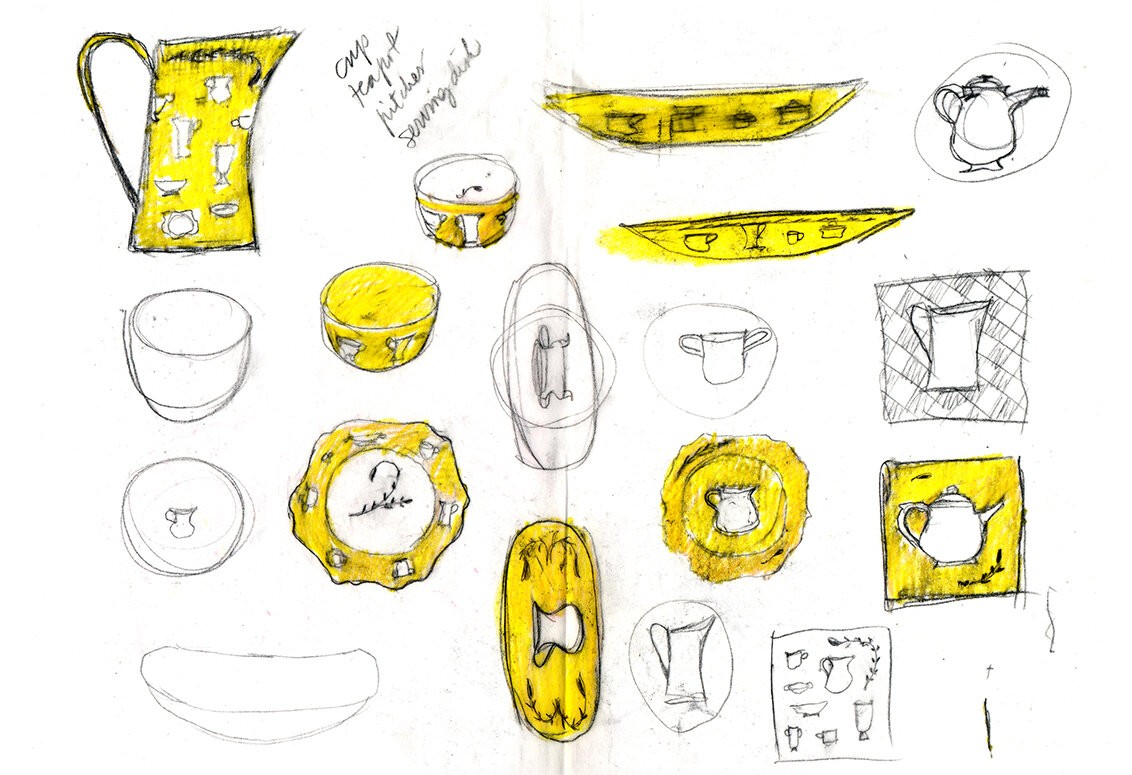
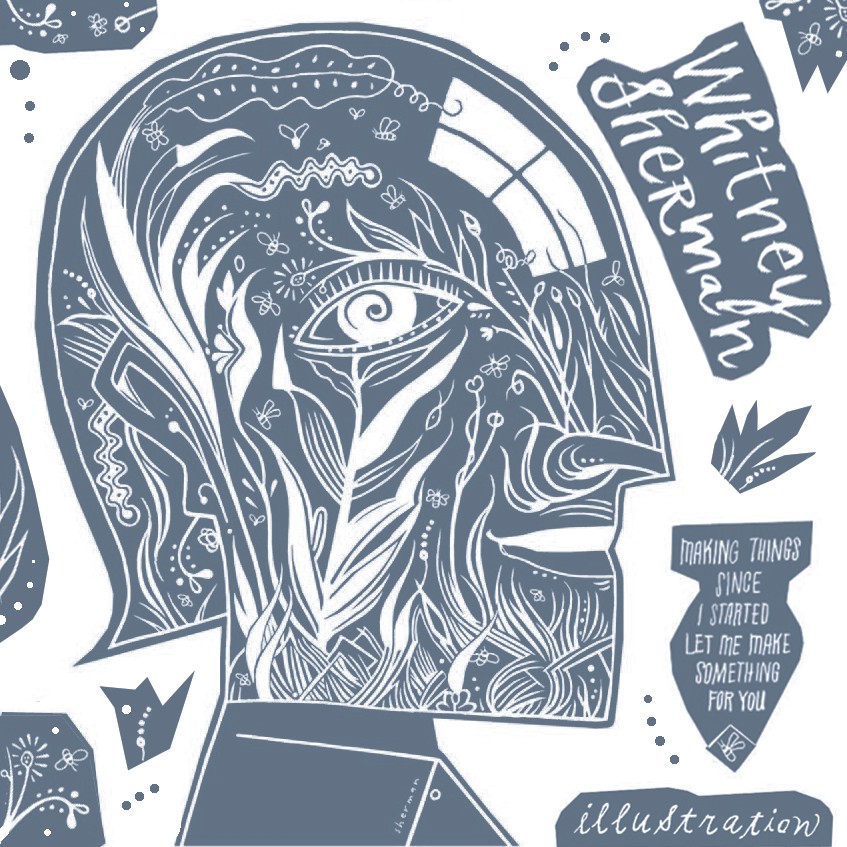
Contact Info:
- Website: www.whitneysherman.com and www.pbodydsign.com
- Instagram: @whitneysherman and @pbodydsign
Image Credits
Images 1-6 + 8: Photo credit: Whitney Sherman, ©2023 Image 7 [log mugs]: Paul Ryan, ©2023


